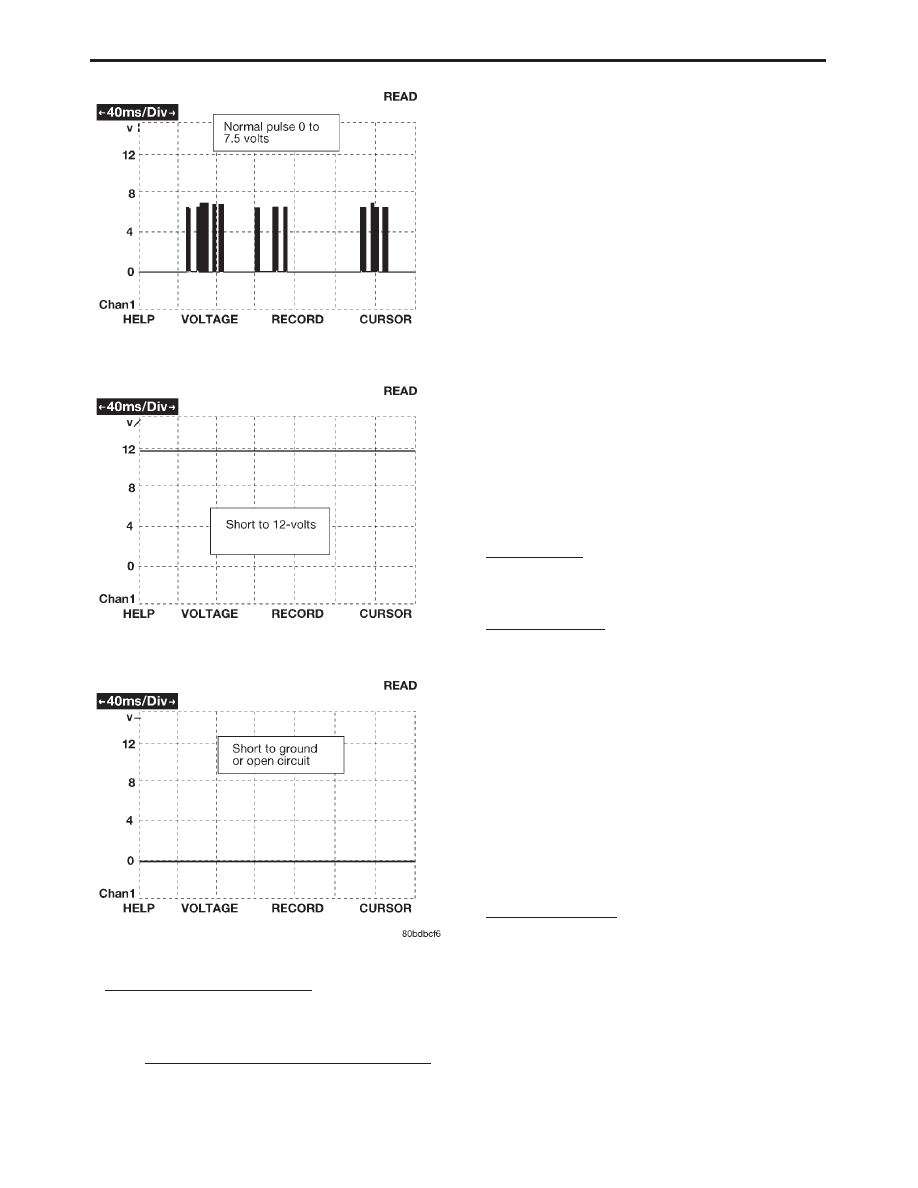Chrysler Sebring, Stratus sedan, Sebring Convertible. Manual - part 8

3.14.1
BUS FAILURE MESSAGE
Odometer Displays “No Bus” - The Mechanical
Instrument Cluster (MIC) cannot communicate
over the bus and does not know why.
3.15
VEHICLE THEFT SECURITY SYSTEM
This passive system is designed to protect against
vehicle theft. The vehicle theft security system
(VTSS) is part of the body control module (BCM),
which monitors vehicle doors and the ignition for
unauthorized operation. The alarm activates by
sounding the horn, flashing the headlamps, cour-
tesy lamps, and the VTSS indicator lamp. Passive
arming occurs upon normal vehicle exit by turning
the ignition off, opening the driver’s door, locking
the doors with the power lock, and closing the
driver’s door or locking the doors with RKE. Manual
arming occurs by using the key to lock the doors
after closing them. The indicator lamp in the instru-
ment cluster will flash for 15 seconds, showing that
arming is in progress. If no monitored systems are
activated during this period, the system will arm
and the indicator will flash at a slow rate. If the
indicator lamp remains steadily lit during the arm-
ing process, this can indicate a loss of decklid
cylinder lock switch. When something triggers the
alarm, the system will signal the headlamps, cour-
tesy lamps, and horn for about 3 minutes, then
headlamps for an additional 15 minutes if the
offending input is still present.
For complaints about the Theft Alarm going off on
its own use the DRBIII
t and select “Body Com-
puter” then “Input/Output Display” and read the
“Last VTSS Cause” status.
Tamper Alert - The VTSS indicator lamp will
flash twice quickly and the horn will chirp three
times when the system is disarmed to indicate a
tamper condition has occurred.
Manual Override - The system will not arm if the
doors are locked using the manual lock control (by
hand) or if the locks are actuated by an inside
occupant after the door is closed.
To verify the system, proceed as follows:
1. Open the driver’s door.
2. Remove the ignition key (but keep it in hand).
3. Lock the doors with the power lock switch or the
RKE.
4. Close the driver’s door.
NOTE: After the doors are closed, locking the
doors with RKE will also arm the system.
NOTE: If the VTSS indicator lamp flashed, the
system is operational and verified. If not, there may
be a problem with the system.
Arming/Disarming- Active arming occurs when
the remote keyless entry transmitter is used to lock
the vehicle doors, whether the doors are open or
closed. If one or more doors are open the arming
sequence is completed only after all doors are
closed.
Passive disarming occurs upon normal vehicle
entry (unlocking front door with the key). This
disarming also will halt the alarm once it has been
activated.
17
GENERAL INFORMATION